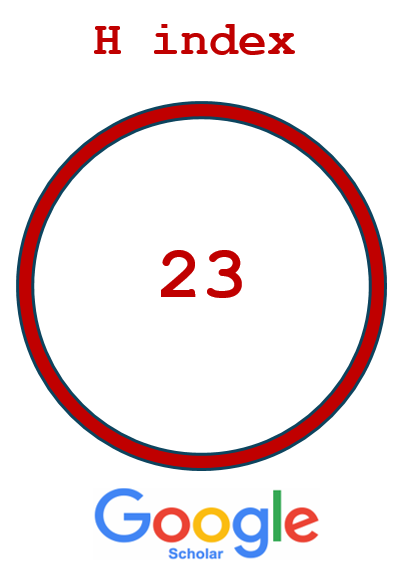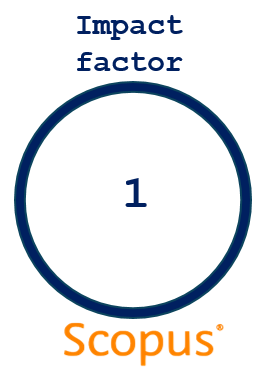2 Ondokuz Mayıs University, Faculty of Science and Literature, Department of Chemistry
DOI : 10.23893/1307-2080.APS.05918 Viewed : 19135 - Downloaded : 5039 Nanosponges (NSs) are non-toxic, porous, solid polymers, having three dimensional structures which stable at high temperature and can form inclusion complexes with many molecules due to their cavity size. NSs are prepared by reacting β-cyclodextrin (β-CD) with cross-linkers such as pyromellitic anhydride, hexamethylene diisocyanate, carbonyl-diimidazole or diphenyl carbonate.
Many anti-cancer drugs with both hydrophilic and lipophilic properties can be loaded or integrated into NS and ultimately increase the characteristics of the drugs. The most important properties and advantages of NSs are easily synthesized and modified, provide high drug loading capacity along with controlled release, increase the solubility and bioavailability of water-soluble molecules. In addition, NSs protect the degradable actives from environmental influences, biologically safe and biodegradable compared to other nanocarriers. This review has highlighted the structure and properties of CD-NS as well as demonstrating a new generation of functionalized NS studies as an innovative drug delivery agent for pharmaceutical applications.
Keywords : Nanosponge, Cyclodextrin, Nanocarriers, Controlled Drug Delivery, Guided Drug Delivery, Cancer




